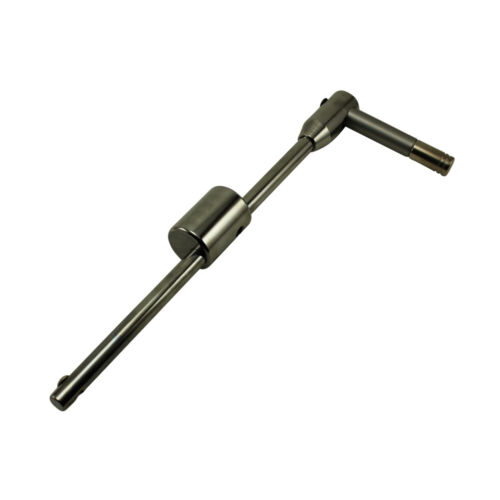Piano Regulation – simply put – refers to a series of adjustments made to the piano’s mechanism to ensure that the entire piano performs optimally (i.e. that it plays well and all keys feel smooth and even in weight/depth of touch).
For a first time Leeds or West Yorkshire piano tuning client, I’m often performing minor repairs and regulation on the action as part of the piano tuning process (often simply making adjustments to compensate for wear and tear, or even replacing the odd worn action part), all within a two hour window for my standard rate. A full regulation of the entire action and keyboard is a longer process. This can take upwards of 6 hours and my fee for this begins at £400. Its commonly undertaken as part of a larger overhaul of the action or may take place as part of a restoration – though not necessarily (on a modern upright that is otherwise in good condition but badly regulated, a thorough regulation procedure can improve performance dramatically).
There are many preliminary steps the piano tuner & technician must take before regulation. The first is to give the piano a thorough cleaning; making sure all dust, dirt and foreign objects have been removed will ensure optimal functioning of the keys and the action. A damp cloth, a vacuum, a small brush and a bowl of clean warm water can be all the tools needed for a deep clean of the piano (ensuring the back frame, soundboard, bridge assembly, the keyboard and action must all be free from excessive dirt and dust which hinder performance and play-ability).
Once the piano is clean the Leeds piano tuner will check over the keyboard. The condition of the key pins must be free of grease and rust, and all punchings in the front and balance rail must be inspected for damage. The key frame screws should be tightened a long with the screws in the action bracket.
Once the keyboard is clean and has been thoroughly looked over, the Leeds piano tuner will then turn his attention to the mechanism, checking that all the action parts are in good condition (i.e. the center pins have the right amount of friction and are secure in the flanges or the jack, that no wooden parts are broken or missing and so on, so forth). All action screws should be tight and the hammers should be properly aligned.
The strings will next be checked over – the three string unisons must be propely aligned, the tightness of the pressure bar checked, the strings should be properly seated at the bridge and hitch pins.
Finally, if the hammers are too worn, they can be roughly reshaped to improve tone before regulation.
These preliminary steps are often be beneficial with or without full regulation. Unfortunately many pianos have rarely been cleaned and a thorough cleaning can sometimes be enough to make sure the piano plays well. Many of the rattles or looseness of touch (or jamming keys) can be down to loose screws in the hammer or whippen flange. Options for more regulation are usually discussed with a piano tuning client on first meeting, and will depend on the current state of the piano (how well regulated it is) and what the pianist is willing to invest in their beloved instrument.
